How to Hire the Best Grok Clone Developer
Create a powerful, customizable streaming solution with Miracuves’ Grok Clone, equipped with high-performance features and next-gen technology.
AI chat is changing fast. Grok the witty, real-time X-integrated chatbot by AI is making waves. And if you’re planning to build your own Grok-style conversational AI platform, choosing the right development partner is where your journey really begins.
This isn’t about finding the cheapest dev team or the flashiest agency. You need a Grok clone developer that truly understands real-time AI chat experiences, scalable backends, and intuitive design all while staying aligned with your vision.
Let’s walk through the key traits to look for when hiring the best Grok clone developer to bring your platform to life.
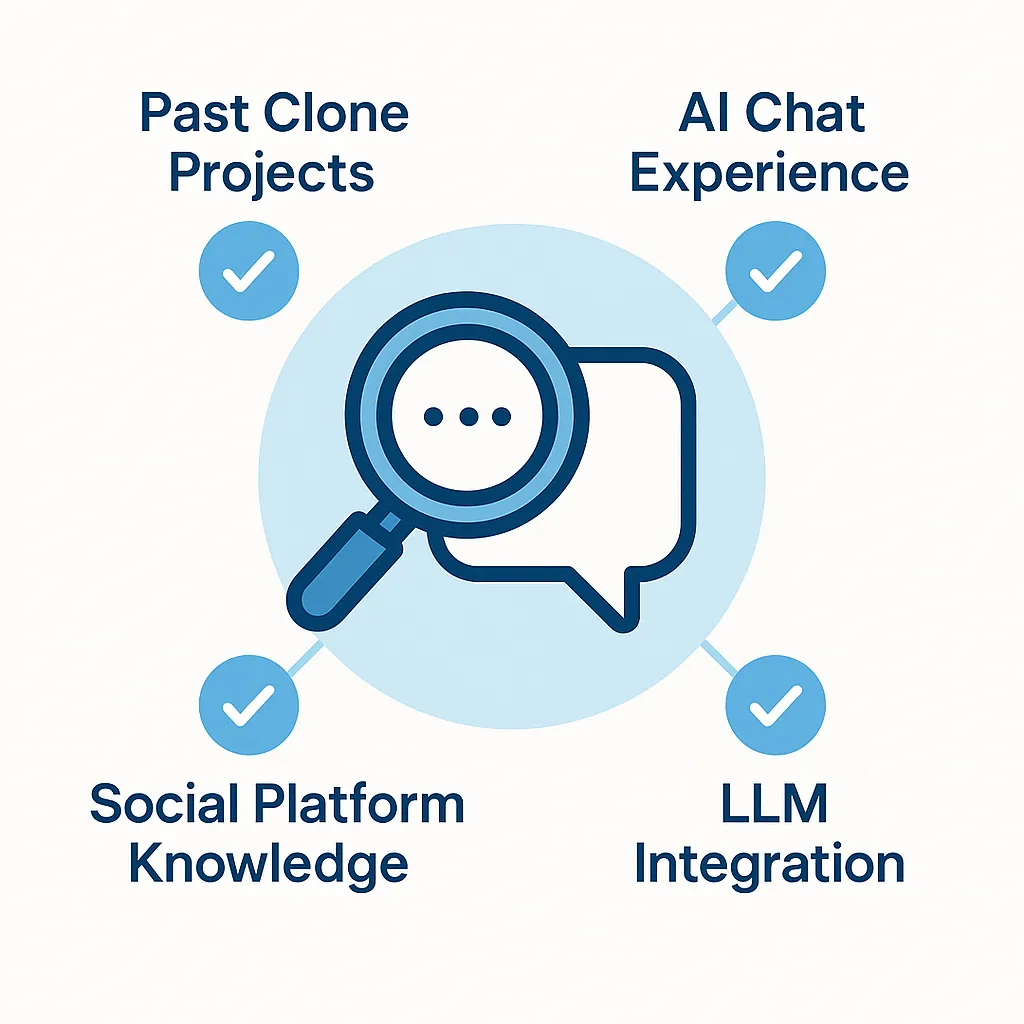
Look for Domain Expertise
You want more than general app developers — you need specialists who’ve built AI-driven apps, chat interfaces, or Grok-style clones before.
Here’s how to filter the pros from the pretenders:
Past clone projects → Ask for examples of real-time chatbots, AI content engines, or Grok-inspired platforms they’ve built.
Understanding of AI workflows → Ensure they know how to work with LLMs (e.g., GPT-4, Claude, Mistral) and integrate APIs effectively.
Platform-specific knowledge → Grok is deeply tied to X (Twitter). The right developer should understand what that means — from data syncing to UX expectations.
A developer with actual domain experience won’t just code what you ask. They’ll suggest better ways to build it.
Tech Stack & Scalability
An AI app like Grok isn’t a basic chatbot. It needs to handle spikes in usage, deliver lightning-fast responses, and remain flexible for future updates.
Ask about:
Tech stack → Look for React/Next.js or Flutter for frontend, Node.js or Python for backend, and tools like Firebase, Redis, or Supabase for real-time infrastructure.
LLM integration experience → Do they work with OpenAI, Claude, or other LLMs natively? Can they fine-tune models or run open-source ones?
API-first architecture → You’ll want to plug into external tools, databases, and user behavior systems.
Scalability → Ensure they build with cloud-native platforms like AWS, GCP, or Vercel for auto-scaling performance.
Your Grok clone needs to run smoothly on Day 1 — and even smoother when 10,000 users log in on Day 100.
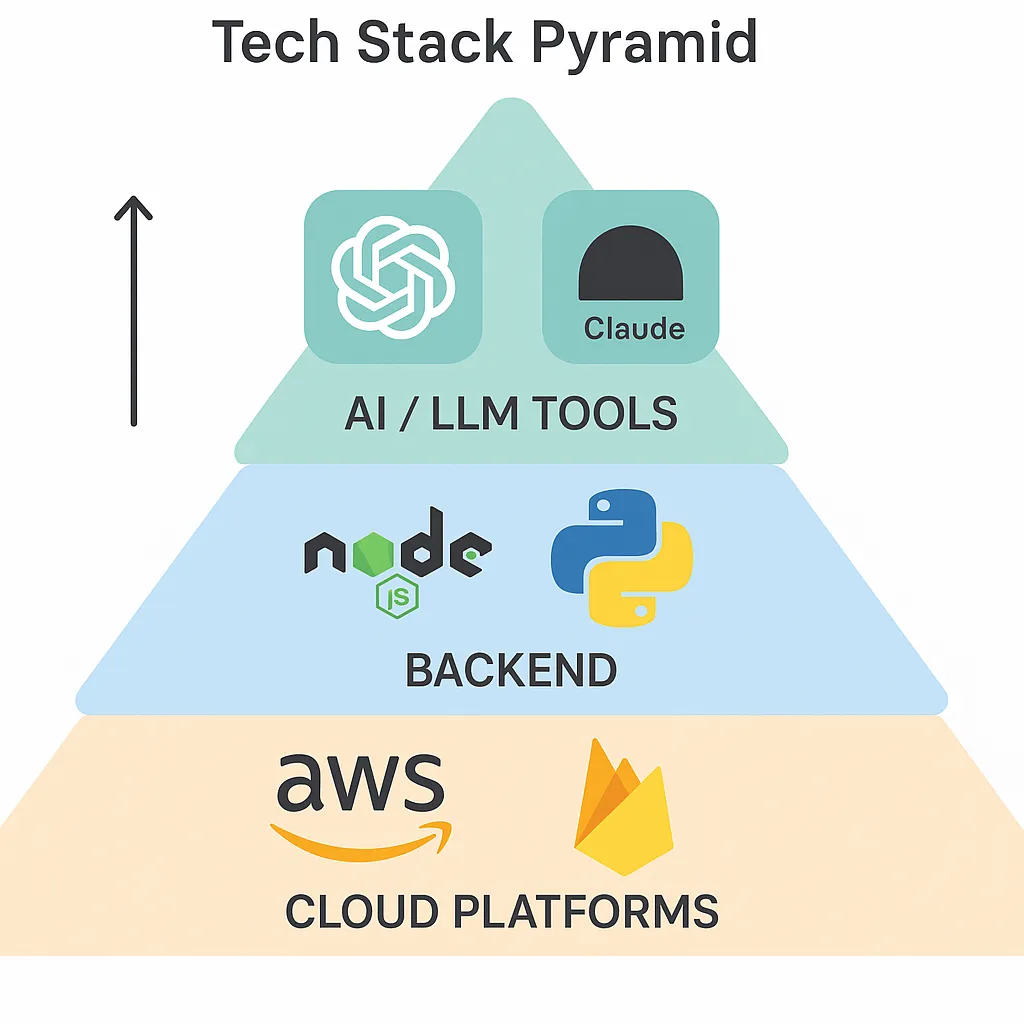
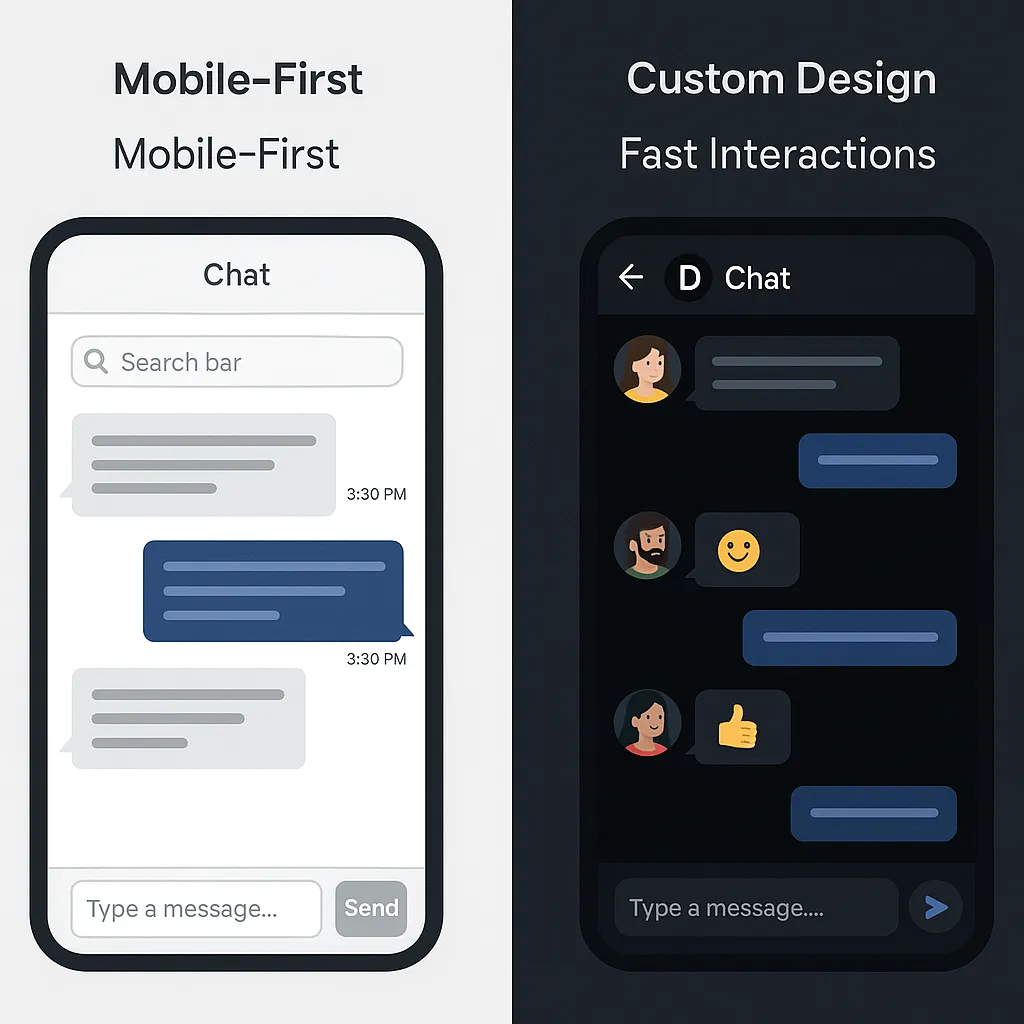
UI/UX Capabilities
The charm of Grok isn’t just what it says — it’s how it feels. Fast, fun, elegant.
That means design matters. A lot.
User-first design → Check if they’ve delivered chat apps with fast response loops, visible message history, and accessible controls.
Brand flexibility → Can they fully customize the look and feel — from dark mode to branded loading animations?
Mobile-first responsiveness → Most Grok-like apps are used on mobile. Your developer should prioritize mobile UX, not treat it as an afterthought.
Fun UX touches → Grok is known for humor. Look for teams that understand personality-driven UI elements (emojis, avatars, tone control, etc.)
Design can make your clone stand out, even if the features are similar.
Communication & Workflow
Even with a great dev team, poor communication can derail your project. Look for a developer that makes collaboration easy and transparent.
Here’s what matters:
Agile project management → Do they use Notion, Trello, or Jira to track progress and share updates?
Dedicated contact → You should always have access to a PM or lead dev — not just a sales rep.
Regular sprints & reviews → Weekly or biweekly builds should be the norm, so you can steer the product early.
Post-launch support → Ask about SLAs, bug tracking, and versioning. A proper partner won’t disappear after the first release.
Smooth communication = fewer delays and a better product.
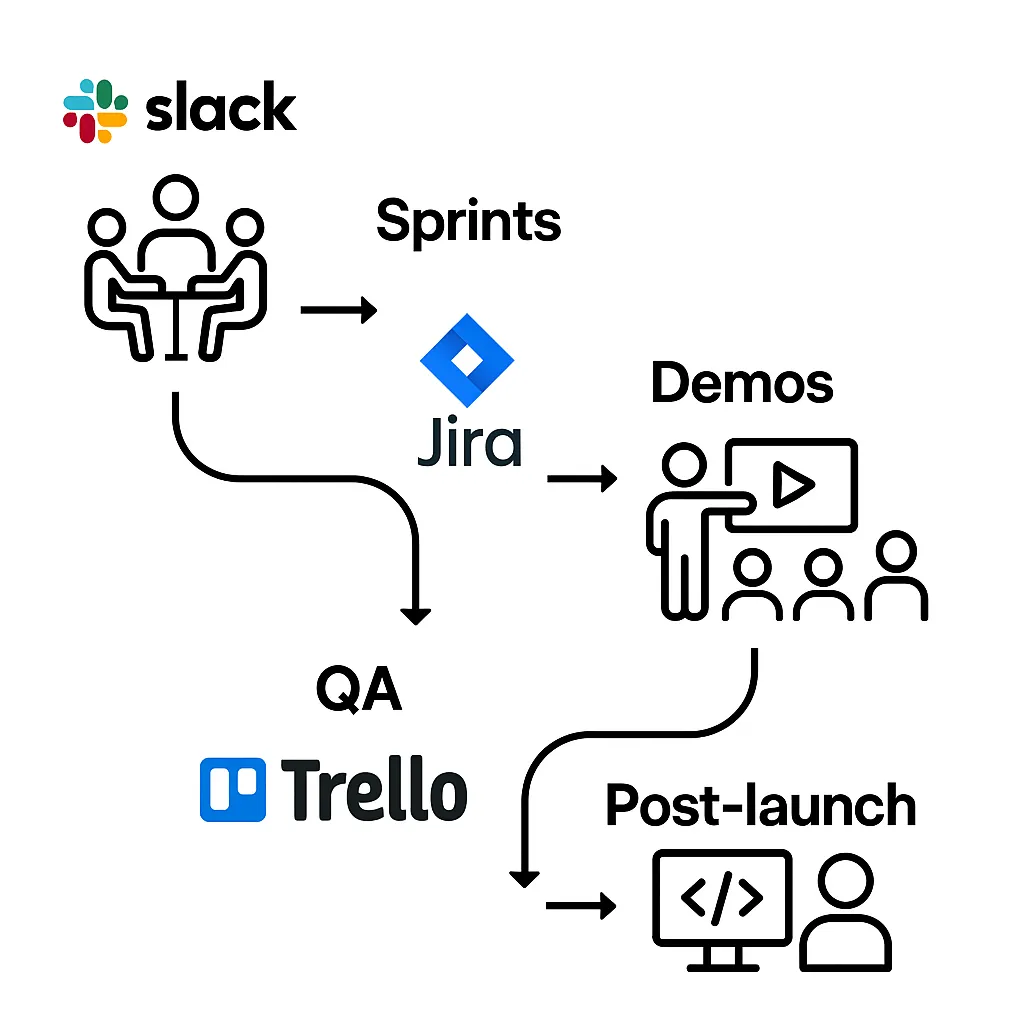
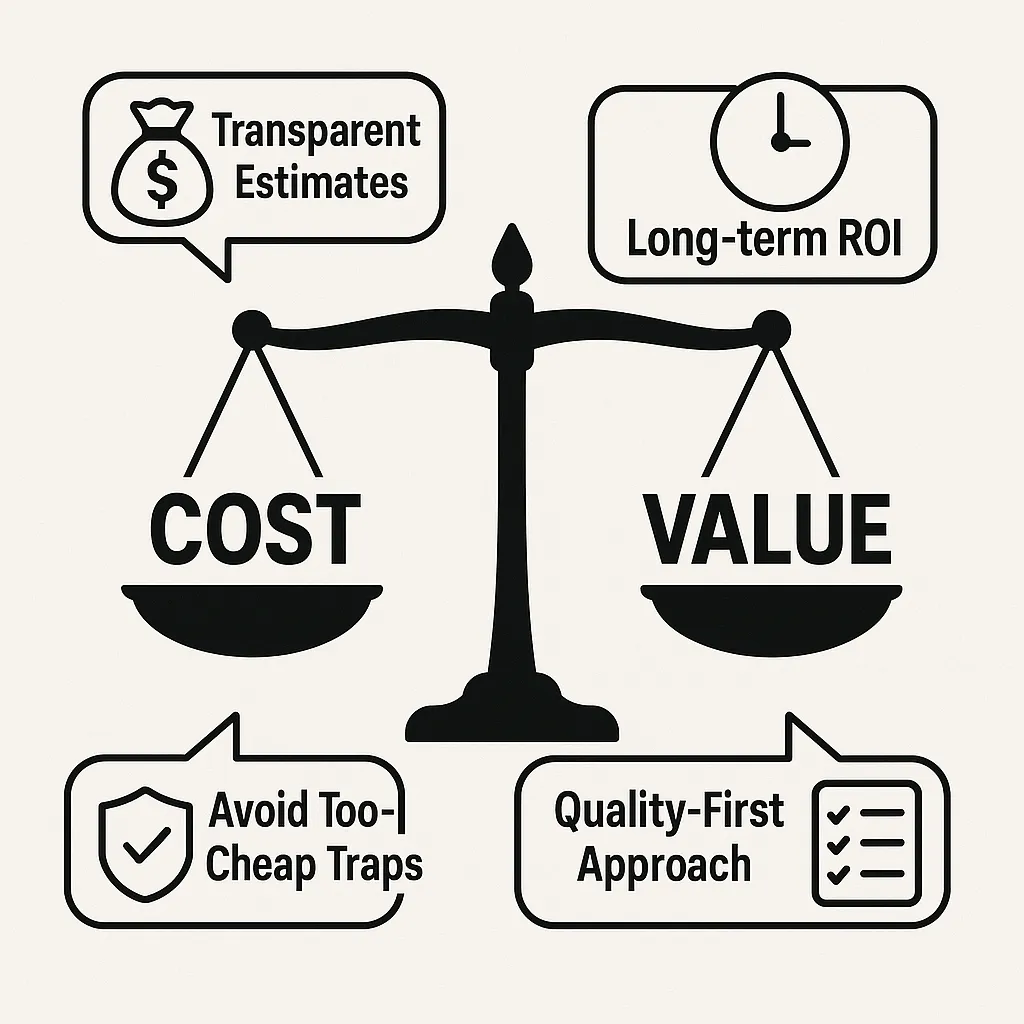
Pricing Models & Quality
Pricing is always important — but don’t fall for the lowest bidder trap. A cheap clone that crashes under traffic is more expensive in the long run.
Smart ways to approach pricing:
Know what’s included → Some teams offer design, QA, and deployment. Others charge extra. Clarify this early.
Ask for detailed estimates → Break down features, delivery phases, and support timelines.
Avoid fixed-price traps → Agile work needs flexibility. Go for milestone-based billing if possible.
Consider long-term value → Ask about update cycles, license terms, and future scalability costs.
You want a developer that respects your budget — and delivers real ROI.
Choose the Right Development Partner
Even with a clear vision, building an AI-powered conversational platform like Grok isn’t a plug-and-play task — it demands a development team that understands the intricacies of real-time chat, LLM integrations, and user-centric design. Partnering with the right Grok clone developer can streamline your journey, cut down on costly missteps, and get you to market faster.
Look for a partner that offers:
Proven experience in building AI-driven chat apps and real-time communication platforms
A portfolio featuring secure, scalable, and responsive conversational interfaces
Full-cycle development services — from LLM integration and UX design to deployment and continuous optimization
At Miracuves, we don’t just replicate features we build intelligent, growth-ready Grok-style platforms tailored to your unique goals. You focus on audience and traction we’ll handle the tech that powers it.
Conclusion
Hiring the best Grok clone developer isn’t just about finding someone who can code. It’s about finding a partner who gets your vision, knows how to work with cutting-edge AI tools, and can build a product that feels slick, fast, and future-ready.
Look for a team with proven domain experience, strong technical depth, intuitive UI/UX thinking, reliable communication, and a pricing model that supports quality. That’s how you go from concept to launch without the headaches.
Frequently Asked Questions
It’s a conversational AI app modeled after xAI’s Grok — typically with real-time chat, witty responses, and integration with social platforms or LLMs.
Anywhere from 4–10 weeks depending on features like multi-language support, custom branding, and LLM integration.
Absolutely. With the right dev team, you can customize prompts, responses, and user experience to reflect your brand.
Frontend: React or Flutter. Backend: Node.js or Python. Real-time: Firebase, Supabase. AI: OpenAI, Claude, or open-source models.
Not necessarily. You can use APIs from OpenAI or others. Hosting your own model adds cost but can offer more control.



